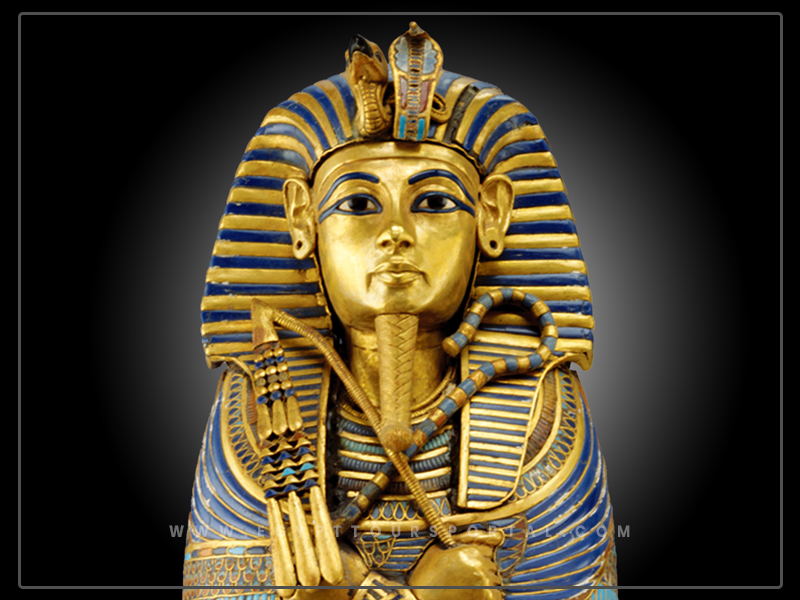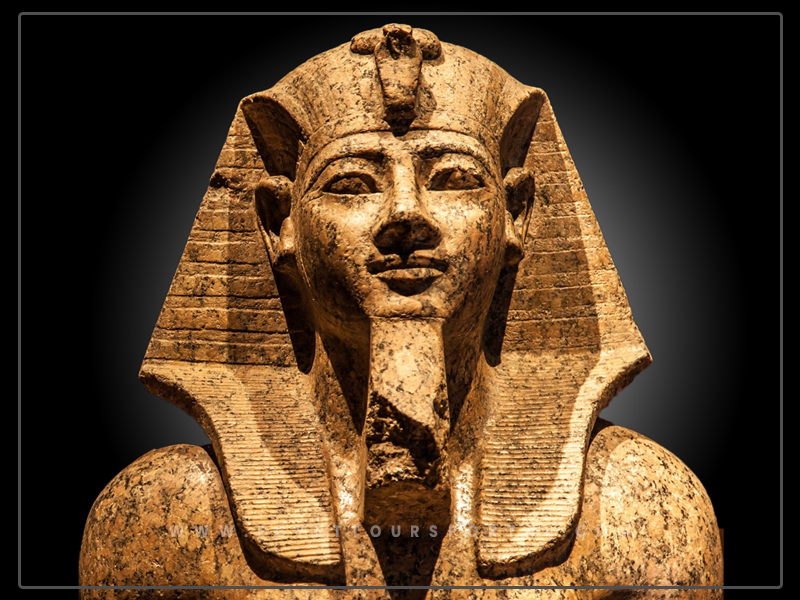Famous Egyptians: Pharaohs, Queens & More!
What secrets lie buried beneath the sands of Egypt, and what echoes of its past continue to resonate in the present day? From the towering pyramids that pierce the sky to the enigmatic hieroglyphs etched on ancient tombs, the legacy of ancient Egypt remains a vibrant testament to human ingenuity and cultural richness, a civilization that continues to captivate and inspire.
Egypt, a land steeped in mystique and ancient history, has gifted the world with an unparalleled cultural heritage. This enduring legacy encompasses not only the physical marvels of pyramids and temples, but also a rich tapestry of influential figures who shaped the course of civilization. These individuals, spanning pharaohs, queens, philosophers, and artists, each contributed uniquely to the Egyptian narrative, leaving behind legacies that continue to fascinate and inform. This article embarks on a journey to illuminate the lives and achievements of some of the most notable Egyptians, both rulers and those who excelled in other fields, offering insights into their triumphs, trials, and the lasting impact they had on their world.
| Name | Known For | Key Achievements | Era | Link to Reference |
|---|---|---|---|---|
| Narmer | Unification of Upper and Lower Egypt | Founded the First Dynasty, consolidated power over a unified Egypt, and initiated the period of the pharaohs. | c. 3200-3100 BCE | Britannica - Narmer |
| Khufu | Construction of the Great Pyramid of Giza | Commissioned the construction of the Great Pyramid, a monumental feat of engineering and a testament to his power and resources. | c. 25892566 BCE (4th Dynasty) | National Geographic - Khufu |
| Hatshepsut | Successful Female Pharaoh | Ruled Egypt for over 20 years, oversaw extensive building projects, and expanded trade and diplomacy. Her reign was marked by peace and prosperity. | c. 14791458 BCE (18th Dynasty) | History.com - Hatshepsut |
| Akhenaten | Religious Reformer | Introduced the monotheistic worship of the Aten (sun disc), moved the capital to Akhetaten (Amarna), and initiated significant artistic and religious changes. | c. 13531336 BCE (18th Dynasty) | The Met - Akhenaten |
| Tutankhamun | "The Boy King" | Restored traditional religion after Akhenaten's reforms, and his tomb, discovered largely intact in 1922, provided invaluable insights into ancient Egyptian burial practices and beliefs. | c. 13321323 BCE (18th Dynasty) | Britannica - Tutankhamun |
| Ramses II | Prolific Builder and Warrior | Ruled for over 60 years, oversaw extensive building projects, including temples at Abu Simbel, and led military campaigns, notably against the Hittites at the Battle of Kadesh. | c. 12791213 BCE (19th Dynasty) | Ancient History Encyclopedia - Ramses II |
| Cleopatra VII | The Last Pharaoh | The last active ruler of the Ptolemaic Kingdom of Egypt, she was known for her intelligence, political acumen, and relationships with Julius Caesar and Mark Antony. | c. 6930 BCE (Ptolemaic Dynasty) | Biography.com - Cleopatra |
| Imhotep | Architect, Physician, and Polymath | Designed the Step Pyramid of Djoser, considered the first monumental stone building in Egypt, and was revered as a physician and wise man. | c. 2650 BCE (3rd Dynasty) | World History Encyclopedia - Imhotep |
| Nefertiti | Great Royal Wife | Queen of Akhenaten, known for her beauty and her role in the religious and artistic changes of the Amarna period. Her iconic bust is one of the most recognizable artifacts of ancient Egypt. | c. 13701330 BCE (18th Dynasty) | Britannica - Nefertiti |
| Doria Shafik | Egyptian Feminist and Editor | A pioneering figure in the Egyptian feminist movement. She advocated for women's rights, including suffrage and education, and founded the Daughters of the Nile Union and the Egyptian Feminist Union. | 1908-1975 | Britannica - Doria Shafik |
These individuals, each a unique thread in the rich tapestry of Egyptian history, represent the diverse facets of this ancient civilization. Their achievements, challenges, and legacies continue to fascinate and provide inspiration. Their stories offer glimpses into the values, beliefs, and complexities of a society that has profoundly shaped the world.
The pharaohs, viewed as divine rulers, wielded absolute power, their reigns marked by architectural marvels, military campaigns, and religious reforms. They were not just kings, but also gods, responsible for maintaining Ma'at, the principle of cosmic order. Figures like Khufu, who oversaw the construction of the Great Pyramid, and Ramses II, known for his extensive building programs and military prowess, left indelible marks on the landscape and the historical record.
Beyond the pharaohs, ancient Egypt also produced remarkable women who challenged societal norms and achieved positions of power. Hatshepsut, a female pharaoh, ruled for over two decades, demonstrating exceptional leadership and expanding Egypt's trade and influence. Nefertiti, the Great Royal Wife of Akhenaten, played a crucial role in the religious revolution of the Amarna period, and her iconic image remains a powerful symbol of beauty and influence. Cleopatra VII, the last pharaoh of Egypt, skillfully navigated the political landscape of the late Ptolemaic period, her legacy a blend of political intrigue and enduring fascination.
Egyptian society also fostered advancements in various fields. Imhotep, a polymath who lived around 2650 BCE, embodied the spirit of innovation. He was a brilliant architect, credited with designing the Step Pyramid of Djoser, a pivotal moment in the history of architecture, and was also a respected physician and a man of wisdom. His contributions reveal the emphasis the ancient Egyptians placed on knowledge and learning. The mathematical and scientific knowledge of ancient Egyptians is also represented by the Rhind Papyrus, dating back to approximately 1650 BCE, which contains a collection of mathematical problems and solutions. This papyrus demonstrates the advanced mathematical understanding of the time, covering areas like arithmetic, geometry, and algebra, and is a vital source for understanding the mathematical knowledge of the ancient Egyptians.
Egyptian art, which emerged around 3000 BCE, played a crucial role in religious and funerary practices. Sculpture, in particular, served both artistic and symbolic functions. The sculptures offer insight into the beliefs, culture, and social structures of the ancient civilization. The walls of underground tombs were decorated with graffiti in various languages and hieroglyphs that depict ancient Egyptian culture, making them a window into the past. The most remarkable mausoleum which was excavated here was that of king, offering a tangible connection to the past and its inhabitants.
The discovery of Tutankhamun's tomb in 1922, with its largely intact treasures, captivated the world and sparked a renewed interest in ancient Egypt. This event, along with other archaeological finds, continues to provide information about the lives and beliefs of the Egyptians. Tutankhamun's tomb became a symbol of ancient Egypt's wealth and power and helped to popularize the study of the ancient world.
The Egyptians had a complex cosmology. Osiris, god of the underworld, represented death, resurrection, and the cycle of the Nile floods. Egyptian mythology continues to be celebrated and remembered in modern times as an important part of Egypts rich cultural heritage. The myth of Osiris and Isis, along with other myths, helped to shape the Egyptians beliefs about life, death, and the afterlife. The Egyptian Book of the Dead, an ancient funerary text, offered guidance for the deceased's journey through the afterlife.
The enduring power of ancient Egypt lies not only in its monumental achievements but also in its profound impact on human civilization. The architectural prowess of the pyramids and temples continues to amaze. The Egyptians' contributions to mathematics, medicine, and other fields influenced later civilizations. Their religious beliefs, artistic expressions, and social structures provided a unique model that shaped human thought and creativity. The study of ancient Egypt remains an ongoing process, with new discoveries constantly adding to our understanding of this fascinating and influential civilization.
Ancient Egypts legacy is a testament to human ingenuity, resilience, and the enduring power of culture. From the pharaohs who ruled with divine authority to the artisans, scientists, and philosophers who shaped their society, the Egyptians left an indelible mark on the world. Their stories, challenges, and achievements continue to captivate, offering a window into the past and a source of inspiration for the present.


